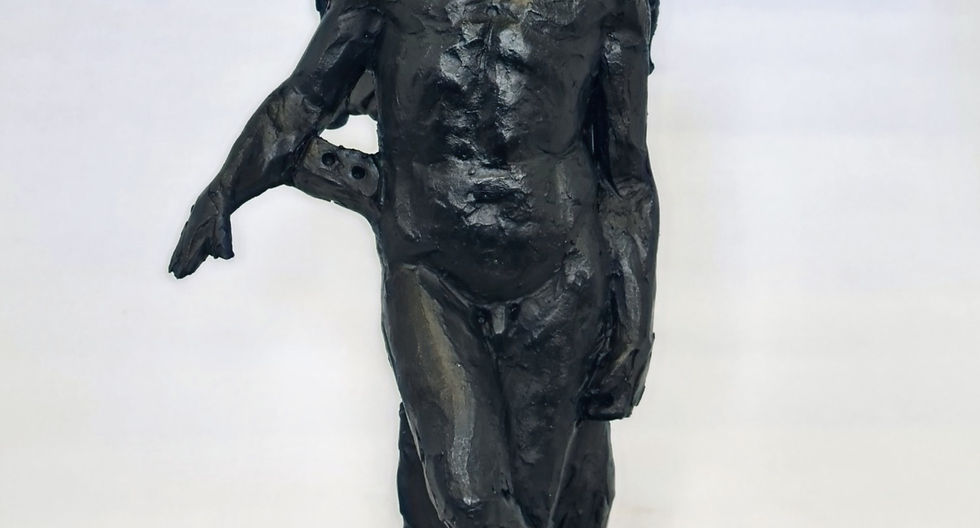
Historical Perspectives: To understand the representation of male willies in sculptures, we must first consider the historical context. Many ancient civilizations, such as the Greeks and Romans, viewed the human form as an idealized representation of beauty and perfection. Sculptures during this period aimed to capture the essence of physical and intellectual idealism rather than focus on realism. Artists often emphasized the beauty of the male body through ideal proportions, symmetry, and balance. Consequently, the portrayal of small willy may have been a deliberate aesthetic choice to maintain the harmony and balance of the overall composition.
Cultural Influences: Cultural factors also play a significant role in the representation of male genitalia in sculptures. Different societies hold diverse beliefs, attitudes, and values regarding sexuality, modesty, and the human body. In many ancient cultures, nudity was not perceived as inherently sexual or shameful but rather as a celebration of the human form. However, the act of showcasing exaggerated or prominent genitalia in sculptures may have been considered vulgar or inappropriate in certain cultural contexts. Thus, artists may have chosen to depict genitalia in a smaller, less conspicuous manner to conform to societal norms and maintain decorum.
Symbolism and Allegory: Sculpture, like other forms of art, often carries symbolic meaning or serves allegorical purposes. In some cases, the representation of small genitalia in sculptures can be interpreted metaphorically or symbolically. For example, the diminutive size may symbolize the subordination of physical desires and the elevation of higher virtues, such as intellect, spirituality, or moral character. This symbolic representation of genitalia reinforces the idea that sculpture transcends the mere depiction of anatomy and aims to convey deeper messages or narratives.
Technical and Artistic Considerations: The choice to sculpt smaller genitalia may also arise from technical and artistic considerations. Sculptors face the challenge of working with various materials and constraints, such as limited space or the fragility of the medium. These limitations may influence the artist's decisions regarding the proportions and size of the genitalia. Additionally, the positioning of sculptures in specific architectural or spatial contexts may require adjustments to ensure visual coherence or prevent excessive emphasis on certain body parts. Artists, therefore, make deliberate choices to create sculptures that harmonize with their intended settings and engage viewers in a meaningful way.
Shifts in Artistic Preferences: As time progressed and artistic styles evolved, so did the portrayal of male genitalia in sculptures. In different periods, we can observe a range of approaches, from idealized classical forms to more naturalistic or expressive representations. During the Renaissance, for instance, there was a renewed interest in the human body as a subject of study and artistic exploration. Artists, such as Michelangelo, sought to depict the human form with greater anatomical accuracy. Consequently, sculptures from this era often featured more proportionate genitalia. These shifts in artistic preferences reflect the changing societal and cultural attitudes towards the human body and sexuality.
Conclusion: The representation of small penises in sculptures stems from a complex interplay of historical, cultural, artistic, and technical factors. From the pursuit of ideal beauty and aesthetic harmony to the adherence to cultural norms and symbolic allegory, various reasons contribute to this recurring artistic motif. It is essential to approach these sculptures with an understanding of the context in which
Comments